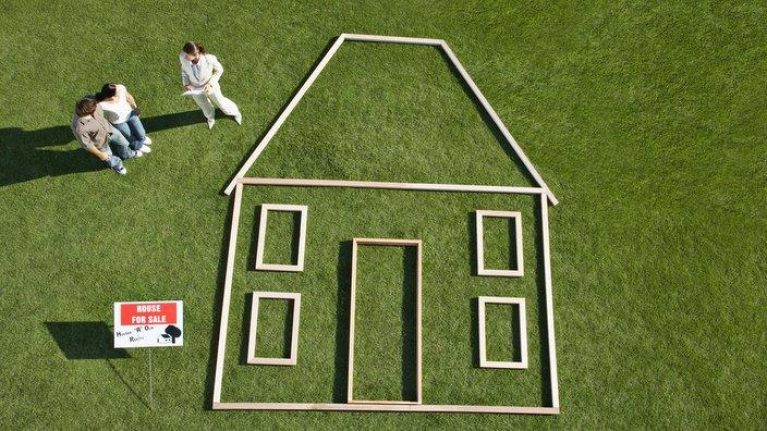Once upon a time, every Australian dreamed of owning a spacious family home with plenty of outdoor space and a big swimming pool.
Everyone wanted a big property with all the latest amenities to show off to their friends. It was all about having two stories, four bedrooms, a BBQ area, a well-equipped kitchen, and a lush, grassy backyard for the kids to play in.
With the realities of soaring house prices and generous tax concessions hitting us, this vision seems unattainable for many young Aussies. But that doesn’t mean we can’t live the Australian Dream, because the dream is changing.
Australian millennials have created a new vision of what it means to live the Australian Dream.
It’s no longer about owning as much land as possible and filling our homes with possessions. Instead we’re learning to downsize and simplify our living style, and there are several reasons for this.
Money
Let’s not gloss over the fact that owning a home in the current market is a struggle for thousands of first home buyers. Australian Bureau of Statistics data shows that housing prices have increased faster and for a longer period in the last 20 years than at any time since the late 1800s. This rate of inflation means millennials face tough competition from an older generation who already have decent equity behind them.
But despite these challenges, the dream of owning property remains in the hearts of younger Australians. A CoreLogic RP Data survey on housing sentiment in Australia found that 60% of respondents still considered buying even though housing prices in major cities are soaring.
In this changing economic climate and unpredictable property market it may seem easier to give up on the idea of property ownership, at least for now. But we’re clinging on to that vision and adjusting our expectations in order to be able to buy.
With house prices so high in some capital cities, we’re sacrificing property size in order to still have a piece of land we can call our own. Smaller homes and apartments present us with a much more realistic chance to own property, and we’re happy to downsize our expectations accordingly.
Lifestyle
It’s not simply that we’re lowering our expectations because we can’t afford to buy big; broader demographic changes are influencing our decision to have smaller and simpler homes.
A study by Cordell Information has revealed that we’re experiencing a big boom in apartment block activity – one of the biggest in our economy’s history – with a 32% increase in new projects between 2014 and 2015.
Why the sudden interest in smaller living spaces? We’re shifting our lifestyle priorities. The idealistic image of a peaceful home far away from CBD chaos has been pushed aside by the convenience of a low-maintenance inner-city apartment.
Apartments and townhouses offer a greater level of convenience – a commodity we place huge importance on in our non-stop lifestyles. Living closer to work, restaurants, public transport, etc. means we spend less time commuting and have more time for everything else. And nobody is going to complain about having less space to clean and maintain.
Minimalism
There is a growing movement of people promoting the benefits of de-cluttering our lives and our homes, and it’s not just because of the appeal of the minimalist look. In Life at Home in The Twenty-First Century, social scientists found a clear link between an over-abundance of household items and the homeowners’ health. They say these “stressful” home environments can be detrimental to our health and wellbeing.
And a survey conducted by the Australian Psychological Society found that Australians are becoming more aware than ever of the impact of stress on their health and wellbeing. As we take greater care of ourselves, we’re looking for ways to simplify our lives and eliminate potential causes of stress.
That’s not to say we’re opting to live with everything crammed into tiny spaces. Open living is still desirable, but we’re choosing not to fill our homes up with unnecessary ‘stuff’, reflecting a lifestyle that veers away from heavy consumerism and materialism. Homes of today with simple furniture, minimal décor and increased storage options bear little resemblance to the ‘dream’ homes of 20 or 30 years ago.











